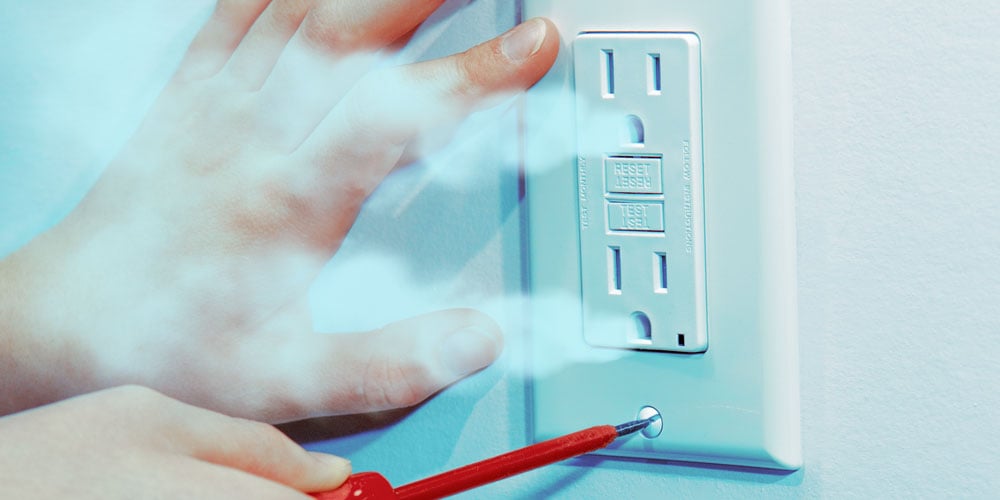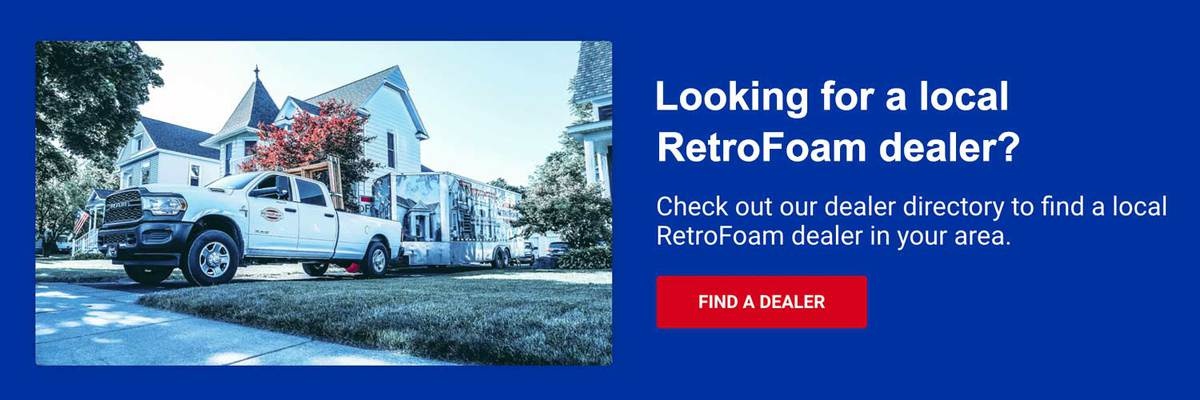How to Stop Drafts from Electrical Outlets


Is your home suffering from drafts coming in around your electrical outlets?
You're not alone.
It’s something that RetroFoam dealers across the country hear all of the time – that air is leaking into the home through the electrical outlets. Luckily, our network of dealers knows exactly what to do to fix drafty outlets.
There are three different ways to fix this issue and make your home more comfortable. We'll delve into how to insulate electrical outlets, how to stop drafts from electrical outlets, and how to seal outlets from drafts.
Let's get started!
Why Do You Experience Drafts from Electrical Outlets?
The first step in addressing this problem is understanding why it happens.
Drafts around electrical outlets occur when outside air enters your wall assembly and penetrates your interior walls through outlets, light switch boxes, and similar openings. These drafts can result from exterior issues, damage, or even high winds.
The key is that outside air is infiltrating your wall assembly and making its way into these penetrations.
Now, let's explore three effective solutions:
Option #1 - Outlet Gaskets: Easy and Inexpensive
The most common and readily available solution is using gaskets.
Various foam or silicone gaskets are designed to fit on the front of your electrical outlet cover plate. These gaskets are affordable and can often solve the problem right away.
You can purchase them at hardware stores, big box stores, or online. Installation is straightforward, and almost anyone can do it. You'll need simple tools to remove the front plate and attach the gasket.
This is a cost-effective and user-friendly option to explore.
Option #2 - Electrical Box Sealant: More Effective
If gaskets don't completely resolve the issue, you may need something more effective: sealant.
Sealants come in various forms, such as caulk, silicone, putty, or even canned foam. To use this solution, remove the outlet cover plate and apply the sealant around the electrical box. You might need to put it behind or even in the back of the box to block any airflow.
These sealants are available in hardware and big box stores.
While this option is a bit messier and requires more skill, it's still a manageable DIY project. It's more advanced but worth considering if gaskets don't do the trick.
Option #3 - Establish Your Building Envelope
The third and final approach involves looking at your building envelope.
Your building envelope is crucial for maintaining energy efficiency and comfort in your home. To establish it, consider the following steps:
- Exterior Barrier: If you have vinyl siding or another exterior material, it's recommended to have a house wrap. This membrane creates a barrier that stops air and vapor from infiltrating your home.
- Insulating with Foam: Consider using foam insulation for your exterior walls. Foam insulation is air-impermeable and provides an excellent air seal. This step is crucial in establishing your building envelope and addressing drafts from outlets.
Eliminating Drafts in Your Home
If you suspect that your drafts are more than just an outlet issue and your home might need re-insulation to improve its overall energy efficiency, consider reaching out to your local RetroFoam dealer.
They can assess your home's needs and help make it more comfortable.
By addressing drafts from electrical outlets, you're taking a step toward making your home more energy-efficient and comfortable. Whether you opt for outlet gaskets, electrical box sealant, or establishing your building envelope, there's a solution that suits your needs and budget.
Remember, your home is a complete system, and it's all about finding the right formula for your comfort and efficiency.
Related Articles
How to Stop Drafts from Around Windows
Sealing the Comfort Gap: Treating Your Home Like a Fridge
Ten Home Problems That May Warrant Adding RetroFoam Insulation to Exterior Walls
About Eric Garcia
Eric brings his knowledge and training in building science, training in spray and injection foams from the manufacturers, more than eight years installing foam insulation, as well as selling and managing in the foam insulation industry. He is also BPI and Dale Carnegie certified and has taken several building science courses, including air sealing and building envelope. Eric is the Professor of Foam on our educational YouTube series Foam University. Even when Eric is off he is usually still “working” or thinking about work, but when he can get away he enjoys camping, hiking, hunting, and woodworking.


